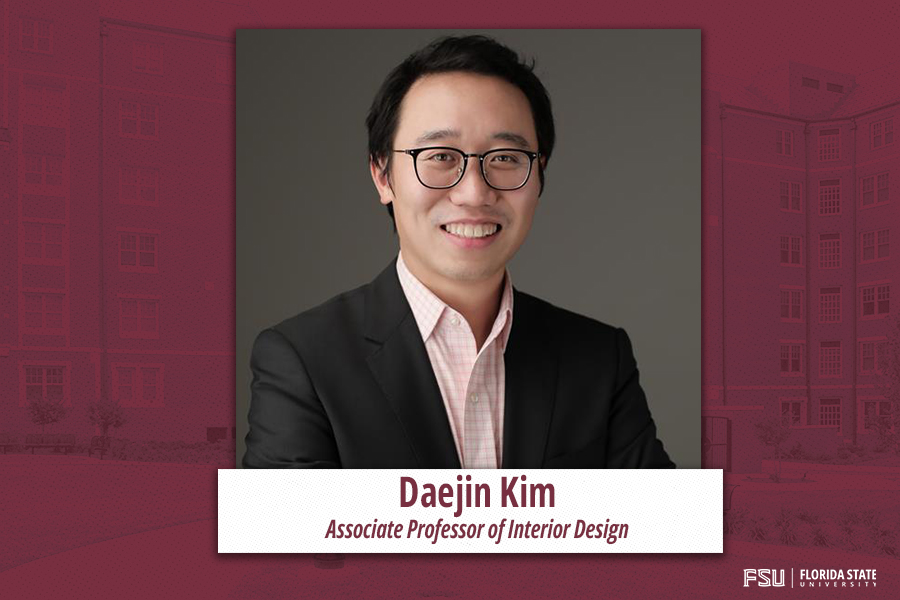How Design Can Transform Aging: The Incredible Insights of Daejin Kim

Imagine a world where aging doesn't mean losing independence but rather enhancing it through thoughtful design. Meet Daejin Kim, a visionary interior design professor whose work is reshaping how we think about living spaces for older adults.
As a highly respected associate professor at Florida State University in the Department of Interior Architecture and Design, Daejin Kim is a national authority on healthcare design and environmental psychology. His groundbreaking research dives deep into the pivotal role that interior design plays in supporting aging in place, boosting well-being, and preserving the dignity of older adults.
With academic experience spanning both South Korea and the United States, Kim brings a uniquely global perspective to his work. His insights are not just academic; they shape homes, hospitals, and communities into nurturing environments that empower older adults.
So, what exactly makes a home easier and more supportive for the aging population? According to Kim, there’s no one-size-fits-all answer. As older adults navigate inevitable physical, psychological, and social changes, their living spaces must evolve accordingly. This calls for designs that are flexible and resilient, capable of adapting to changing needs over time. More than anything, thoughtful design must honor a sense of independence and dignity. It’s about helping older adults feel safe, connected, and empowered—without being defined by their age.
What’s fascinating is how even the smallest design changes can lead to significant improvements in daily life for seniors. Simple adjustments, like adding night lights for better navigation or using contrasting colors to enhance visibility, can greatly reduce the risk of falls while also instilling confidence and independence. These modifications, when executed thoughtfully, can turn ordinary living spaces into empowering sanctuaries.
But what common pitfalls should we avoid when considering design for aging? Kim points out that one major mistake is treating safety as the sole objective. While safety features, such as grab bars, are essential, they can sometimes unintentionally stigmatize aging and disability if not implemented sensitively. Effective design should not only prioritize safety but also protect the dignity, comfort, and identity of older adults. By appreciating how seniors interact with their environments over time, designers can seamlessly integrate supportive features that feel natural and welcoming.
When it comes to healthcare facilities, creating a sense of comfort is key. Kim suggests transforming hospitals and clinics into spaces that exude warmth and familiarity, reminiscent of home rather than clinical sterility. Employing natural lighting, softer finishes, and familiar furniture arrangements can significantly ease patient anxiety. Moreover, these environments should cater to the psychological and social needs of older adults, offering family visiting areas and communal lounges to combat loneliness. By striking a balance between safety and a welcoming ambiance, healthcare settings can foster dignity, healing, and a genuine sense of belonging.
Lastly, what can designers glean from observing older adults in their everyday environments? Kim emphasizes that the best insights come from understanding how seniors navigate their spaces amidst numerous challenges such as mobility limitations, vision impairments, or cognitive changes. Recognizing these diverse needs allows designers to move beyond generic solutions, crafting spaces that are genuinely flexible, dignified, and supportive.


























